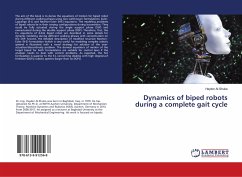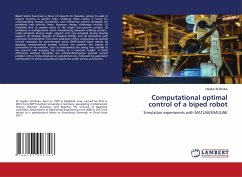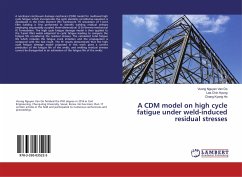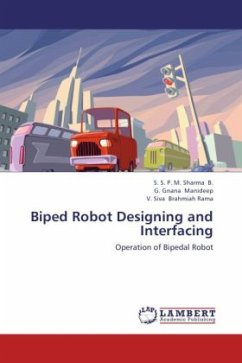The aim of this book is to derive the equations of motion for biped robot during different walking phases using two well-known formulations: Euler-Lagrange (E-L) and Newton-Euler (N-E) equations. The modeling problems of biped robots lie in their varying configurations during locomotion. They could be fully actuated during the single support phase (SSP) and overactuated during the double support phase (DSP). Therefore, first, the E-L equations of 6-link biped robot are described in some details for dynamic modeling during different walking phases with concentration on the DSP. Second, the detailed description of modified recursive Newton-Euler (N-E) formulation (which is very useful for modeling complex robotic system) is illustrated with a novel strategy for solution of the over-actuation/discontinuity problem. The derived equations of motion of the target biped for both formulations are suitable for control laws if the analyzer needs to deal with control problems. As expected, the N-E formulation is superior to the E-L concerning dealing with high degrees-of freedom (DOFs) robotic systems (larger than six DOFs).
Bitte wählen Sie Ihr Anliegen aus.
Rechnungen
Retourenschein anfordern
Bestellstatus
Storno








